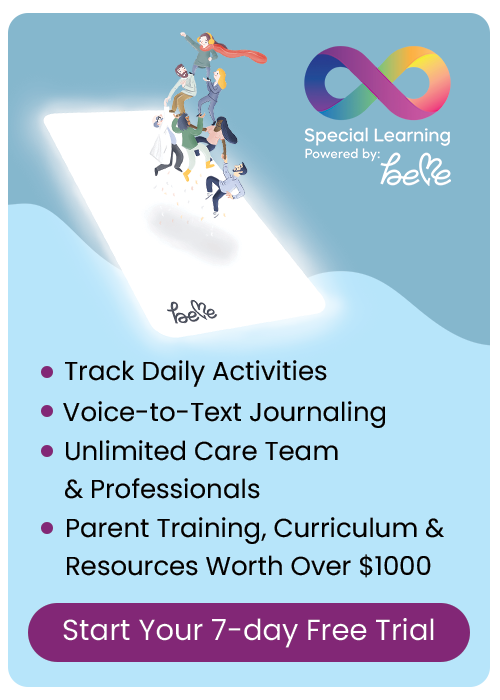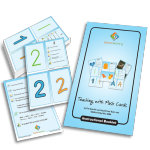Blog Categories
- ADHD
- Applied Behavior Analysis
- Autism Awareness
- Autism Service Providers
- Case Studies
- Dignosis
- Classroom Management
- Credentials
- Ethics
- Family Matters
- FAQs About LIVE Events
- Financial Planning
- Holiday Planning
- IEP's
- Panelists
- Private Equity in Autism & ABA Industry
- Psychopharmacology
- Sensory Processing Disorder
- Speech and Communication
- Subject Matter Experts
- Summer Planning
- Transition Planning
Preparing for Successful Trick-or-Treating: Building Costume Tolerance
It became her life’s passion to share knowledge of these evidence-based therapies to the global community who either work or have a child/adult with Autism Spectrum Disorder (ASD) or a related disorder. She has become one of the thought-leaders in this space and is achieving her goal through the works of Special Learning, Inc.
Preparing for Successful Trick-or-Treating: Building Costume Tolerance
Halloween is one of the most eagerly anticipated events for children. Unfortunately, many children with autism aren’t able to participate due to their level of stress and anxiety caused by being in unfamiliar situations. But with proper preparation, you can help your child or student participate in this timeless tradition by using simple ABA strategies and techniques like priming, pairing and reinforcement.
Priming is a simple evidence based intervention method for individuals with autism. It works by preparing the student/child for unfamiliar or novel situations by exposing them to new activities or events prior to the actual event, thereby creating predictability. In a nutshell, priming is used to “preview” the event or activity before the actual activity or event. Priming sessions are short and concise and typically involve using the actual materials that will be used during the event or activity.
This method, combined reinforcement strategies can help prepare your child for a successful Treat-or-treat event. The first step in the process is to familiarize the child with the costume by creating tolerance.
First, start by familiarizing your student/child with the costume. Select a costume as early as possible. Many children with ASD may need extra time to become accustomed to wearing their costume for several hours so be prepared to teach tolerance to the costume by starting the preparation several weeks prior to the event.
Here are some steps that you can follow to teach tolerance:
1. Get the child accustomed to the look and feel of the costume. Start by letting the child play with the costume. Use that time to pair. Once the child feels comfortable, have him/her wear the costume. Some kids, especially those with sensory needs, may need to start by wearing the costume over comfortable clothing. Use a schedule of reinforcement – i.e. token economy – to keep the child motivated and engaged throughout this process.
2. Once the child is able to tolerate wearing the costume, systematically increase their level of tolerance. Start by having the child wear the costume for a short period of time. Gradually increase the length of time until the child feels comfortable for longer durations. Don’t forget to provide reinforcement.
3. Take baseline data. Use a stop watch (or clock) to keep track of the length of time your child will tolerate the costume 3 to 5 times over the course of two days. Divide the total number of minutes that your child is able to keep the costume on (without any negative behaviors) by the number of times you put on the costume to calculate an average.
4. If your child is able to wear the costume for 10 minutes without any negative behavior, increase the length of time by another 5 to 10 minutes. Set the timer and provide the reinforcement once the child achieves that goal.
5. To build tolerance, start by selecting an increment of time that is appropriate for the child. In the beginning, the child may only be able to tolerate the costume for a few minutes, but that’s still a good starting point. Establish your goals according to the child’s ability. The goal is to gradually increase the tolerance without any negative behavior so don’t try to hurry through this process.
Don’t forget to systematically provide reinforcement to keep the child’s motivation high.
For more information on our Getting Ready for Trick-or-Treating Holiday Learning Kit, please visit our store.




